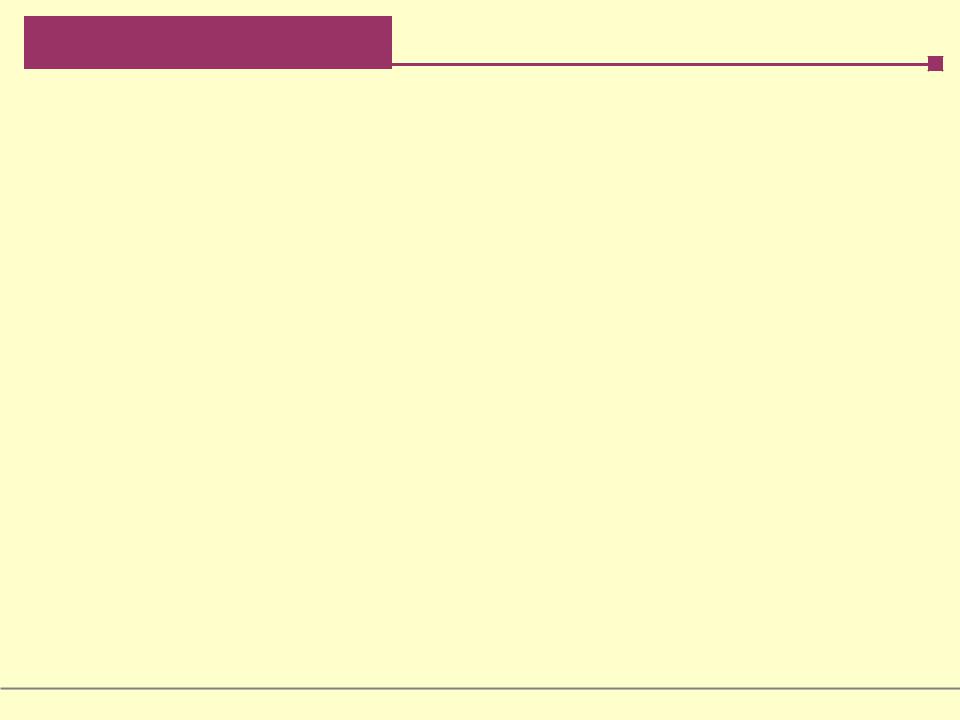
Lectures_micro / Microeconomics_presentation_Chapter_17
.pdf
Price, marginal social cost of livestock
(a) Negative Externality
Marginal external cost
O
E
MKT
Quantity of
MKT livestock
Price of livestock
Price to consumers after tax
Optimal Pigouvian subsidy
Price to producers after tax
(b) Optimal Pigouvian Subsidy
O
E
MKT
Q |
Quantity of |
MKT |
livestock |


 Network Externalities
Network Externalities
A good is subject to a network externality when the value of the good to an individual is greater when a large number of other people also use the good.


 Network Externalities
Network Externalities
Any way in which other people’s consumption of a good increases your own marginal benefit from consumption of that good can give rise to network effects.


 Network Externalities
Network Externalities
A good is subject to positive feedback when success breeds greater success and failure breeds failure.

SUMMARY
1. When pollution can be directly observed and controlled, government policies should be geared directly to producing the socially optimal quantity of pollution, the quantity at which the marginal social cost of pollution is equal to the marginal social benefit of pollution.
2. The costs to society of pollution are an example of an external cost; in some cases, however, economic activities yield external benefits. External costs and benefits are jointly known as externalities, with external costs called negative externalities and external benefits called positive externalities.

SUMMARY
3. According to the Coase theorem, individuals can find a way to internalize the externality, making government intervention unnecessary, as long as transaction costs— the costs of making a deal—are sufficiently low.
4. Governments often deal with pollution by imposing environmental standards, a method, economists argue, that is usually an inefficient way to reduce pollution. Two efficient (cost-minimizing) methods for reducing pollution are emissions taxes, a form of Pigouvian tax, and tradable emissions permits. The optimal Pigouvian tax on pollution is equal to its marginal social cost at the socially optimal quantity of pollution.

SUMMARY
5.When a good or activity yields external benefits, such as technology spillovers, the marginal social benefit of the good or activity is equal to the marginal benefit accruing to consumers plus its marginal external benefit. Without government intervention, the market produces too little of the good or activity. An optimal Pigouvian subsidy to producers, equal to the marginal external benefit, moves the market to the socially optimal quantity of production. This yields higher output and a higher price to producers. It is a form of industrial policy, a policy to support industries that are believed to generate positive externalities.

SUMMARY
6.When only the original good or activity can be controlled, government policies are geared to influencing how much of it is produced. When there are external costs from production, the marginal social cost of a good or activity exceeds its marginal cost to producers, the difference being the marginal external cost. Without government action, the market produces too much of the good or activity. The optimal Pigouvian tax on production of the good or activity is equal to its marginal external cost, yielding lower output and a higher price to consumers. A system of tradable production permits for the right to produce the good or activity can also achieve efficiency at minimum cost.

SUMMARY
7.Communications, transportation, and high-technology goods are frequently subject to network externalities, which arise when the value of the good to an individual is greater when a large number of people use the good. Such goods are likely to be subject to positive feedback: if large numbers of people buy the good, other people are more likely to buy it, too. Producers have an incentive to take aggressive action in the early stages of the market to increase the size of their network. Markets with network externalities tend to be monopolies.
